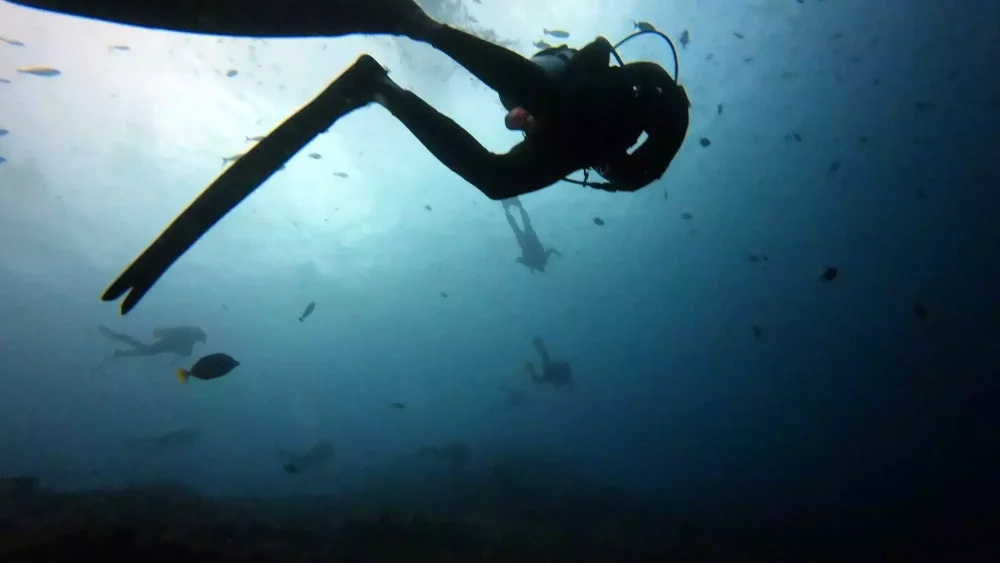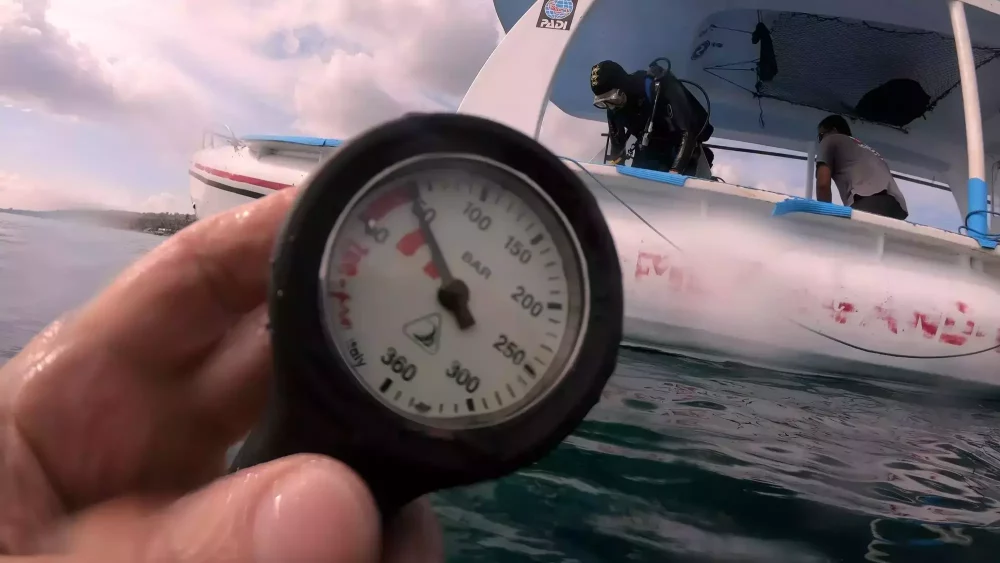Scuba diving is a thrilling adventure, but it comes with a responsibility to ensure safety at all times. A crucial tool that every diver, whether experienced or a beginner, must understand is the Recreational Dive Planner (RDP). In this guide, we will unveil the secrets of the RDP, equipping you with the knowledge you need to dive confidently and safely. Whether you’re preparing for a theory exam or simply curious about the world of scuba, this article is your pathway to scuba mastery.
What is the RDP?
The Recreational Dive Planner, often referred to as the RDP, is a tool used by divers to plan and execute dives while minimizing the risk of decompression sickness. It is your key to enjoying the wonders of the underwater world without putting your health at risk.
Components of the RDP
Before we dive into how to use the RDP, let’s become acquainted with its main components:
1. Maximum Dive Time
The RDP provides a crucial piece of information: the “No-Stop Limit.” This is the maximum amount of time you can safely spend at a specific depth without requiring decompression stops during your ascent.
2. Depth Scales
The RDP includes two depth scales: one for metric units (meters) and one for imperial units (feet). Make sure to use the scale that aligns with your preferred unit of measurement.
Using the RDP – Step by Step
1. Determining Your Maximum Depth
For divers new to the RDP, here’s how you can determine your maximum depth for a single dive:
- Find Your Planned Depth: Locate your intended dive depth on the depth scale of the RDP, whether in meters or feet.
- No-Stop Limit: Move your finger horizontally to the right to find your No-Stop Limit for that specific depth. This is your maximum allowable dive time without requiring decompression stops during the ascent.
2. Planning Multilevel Dives
For dives involving multiple depths, follow these steps:
- Start at the Deepest Depth: Begin by identifying your deepest planned depth and take note of the No-Stop Limit for that depth.
- Moving to Shallower Depths: If your dive involves moving to shallower depths during your underwater journey, subtract the time spent at the previous depth from the No-Stop Limit for your current depth. This will give you the remaining allowable time at the new depth.
- Repeat for Each Depth: Continue this process for each depth you intend to visit during your dive.
3. Safety Stops and Surface Intervals
Safety is paramount in scuba diving. The RDP, however, doesn’t account for safety stops, so it’s important to always include a safety stop of three minutes at 15 feet (5 meters) as a standard practice for all dives, particularly after deep or multilevel dives.
Additionally, respect the recommended minimum surface interval times to allow your body to eliminate excess nitrogen between dives. The RDP provides guidance on these intervals.
For Divers Preparing for Theory Exams
If you’re gearing up for a theory exam, here’s a quick checklist:
- Study the Components: Ensure that you are well-acquainted with the key components of the RDP.
- Practice with Scenarios: Create hypothetical dive scenarios to practice using the RDP. This will help you become comfortable with different dive profiles.
- Stay Informed: Keep yourself updated with any changes or improvements in dive tables and planning guidelines to ensure you are using the latest information.
In conclusion, the RDP is an indispensable tool for every diver, from beginners to seasoned veterans. Understanding how to use the RDP will be your guiding light through the depths of the underwater world, ensuring you explore with safety and confidence. Whether you’re preparing for a theory exam or simply curious about the world of scuba, unlocking the secrets of the RDP is your pathway to scuba mastery. Dive in and embrace the wonders beneath the waves!

